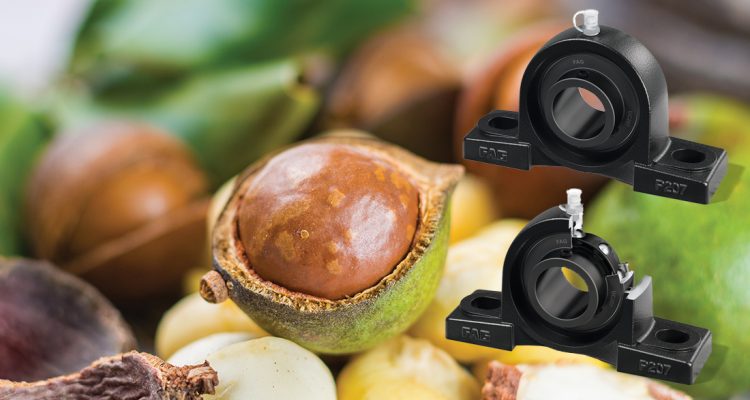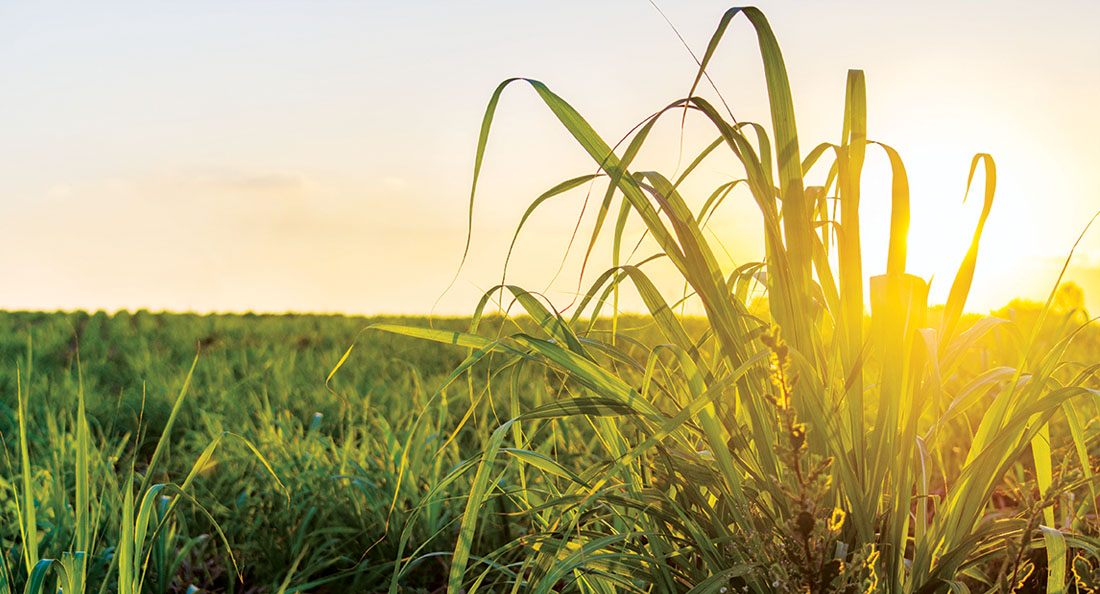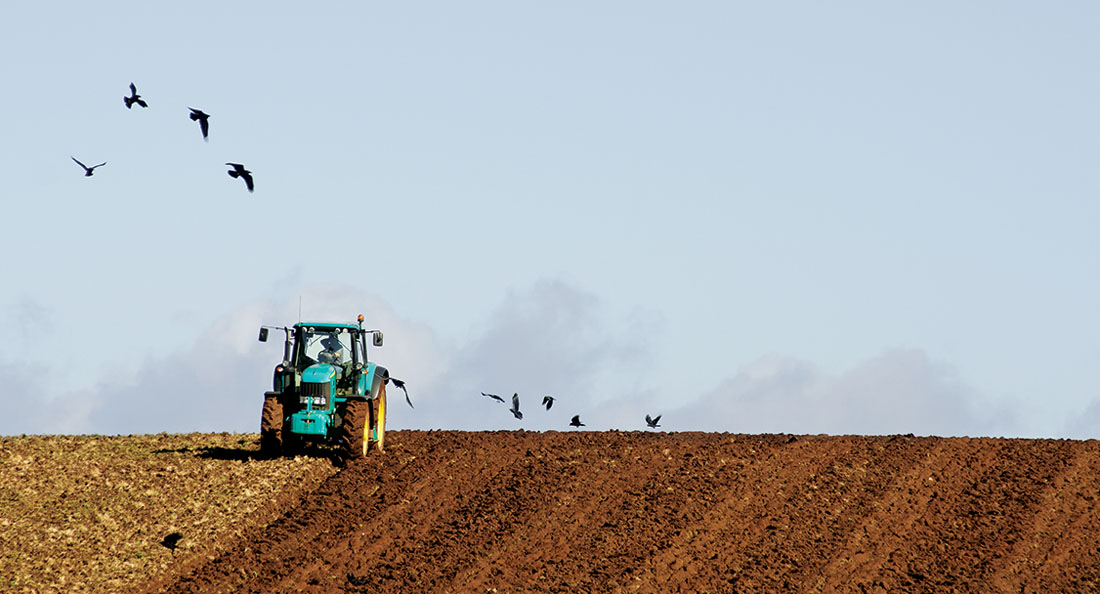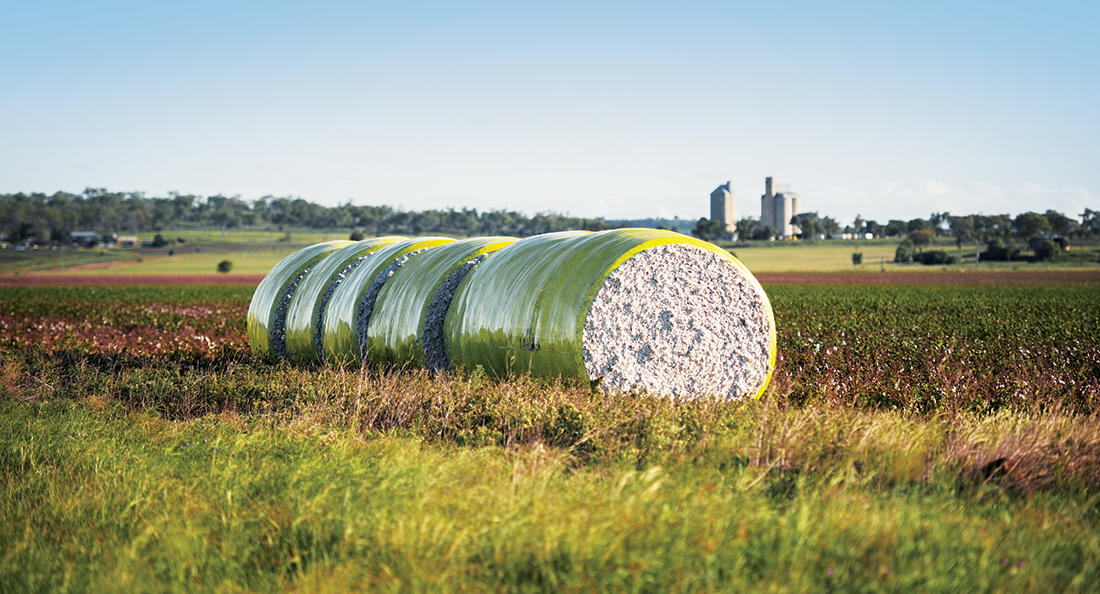The macadamia is finally getting its moment in the sun. Australian macadamia growers have been experiencing bumper crops in recent years, with annual production quantities reaching more than 50,000 tonnes in 2021, according to the Australian Macadamia Society.1
Macadamias grow on a tree and the nuts fall to the ground. Traditionally, they were de-husked back in a processing shed, but now sweepers and blowers come along and move them to the open pathways. From there, a harvester comes along and picks up the nuts which are de-husked in the field whilst being transferred into bins at the rear of the machine via augers. They are then loaded into transport bins ready to be transferred for processing.
At BSC Bundaberg, Dale Jackson and his team are often on call for local harvesters who are new to the macadamia trade—supplying everything from chains and sprockets to v belts and timing belt pulleys, as well as a good quantity of bearings to keep up with the demands of robust harvests.
However, harvesting macadamias can be very harsh on equipment as the environment is often humid and dusty which gives way to corrosion and premature bearing failures that can significantly interfere with production.
“As a standard bearing for macadamia harvesting equipment, I recommend the Schaeffler Black series bearings to a lot of my customers because they provide superior protection against ingress of dust and contaminants,” says Dale. “The Durotect surface treatment consists of a thin, matte black oxidized layer that inhibits the formation of rust and can handle operating temperatures up to +120 degrees Celsius and withstand corrosive conditions.”
The Black Series housing units consist of graphite cast iron housings with a spherical seating where the ball bearings are located that compensates for any misalignment of the shaft or assembly.
The units are available with seven different housings— plummer block, flanged or take-up housing units—suitable for bearing arrangements subject to high speed, radial and variable loads. The housing units also allow for relubrication to increase longevity of the bearings and prevent build up of dust, sludge and static contaminants that can slow down equipment.
“The Black series bearings are widely used on harvesting equipment in this region,” says Dale. “Macadamia harvesters, in particular, require durable and reliable bearing solutions that can contend with the hot and humid climate conditions the trees grow in.”
The increasing global demand for the flavourful macadamia nut has made it into a hot commodity— flourishing in the warm sub-tropical coastal climate of Bundaberg in Queensland.
In recent years, more processing plants have been popping up all over the coastline—mainly in areas in Central and South-East Queensland like Bundaberg, Clarence Valley, and Sunshine Coast, as well as the Lismore region in Northern New South Wales.
Interestingly, the world’s first macadamia trees evolved in the North-East Queensland coastal rainforest of Australia, more than 60 million years ago. Later, macadamias became the first Australian crop to be traded internationally as a commercial food product, and remaining true to its roots today, the nut is still largely produced in the same areas that it originated from.
But despite being a native Australian tree that dates back thousands of years, the macadamia industry has only really taken off in the last 10 years, he notes.
“There has been a surge in planting and production of macadamias and the industry is expected to expand its growth by a further 20% by 2025, with Bundaberg located at the centre of this boom.”
Another reason macadamia harvesting is seeing such a surge in the country is due to sugar cane farmers replacing their cane crops with macadamia trees, Dale further notes.
“Sugar cane farmers have had a hard run of seasons due to drought,” he explains. “Now they are looking for alternative ways to expand their income and increase returns, so they have turned to macadamias which flourish in this climate and have proven to be more sustainable for production.”
“Macadamias are a growing market, and with that growth comes an influx of new harvesting equipment and machinery that require parts and maintenance,” he concludes. “That is where BSC comes in to assist customers with streamlining their operations and maximising their profits.”
Farmer Fred’s Seven Steps for Macadamia Harvesting and Processing
1. Trees yield husks and they fall to the ground
2. Harvesters pick up husks off the ground within 24 hours
3. Husks are placed in an auger and transported for immediate dehusking
4. Hard shell encased nuts are dried for up to two weeks to a moisture content of 1.5%
5. Shells are cracked to remove the kernels and the kernels are sorted
6. Kernels are roasted and ready for consumption
7. Nuts are packaged and ready for shipment to storefront
Reference:
- The Australian Macadamia Society, Yearbook 2021. https://australianmacadamias.org/




